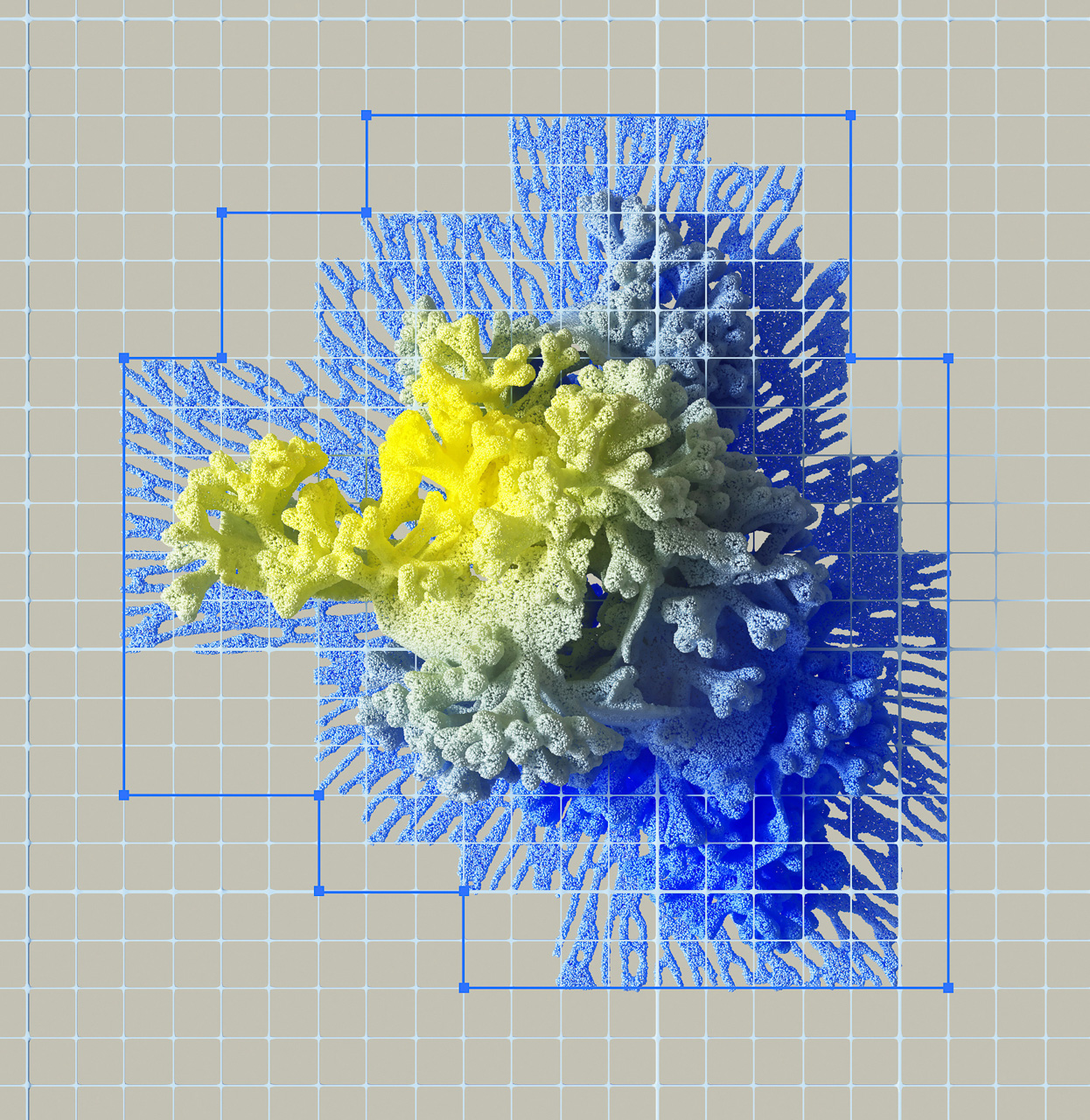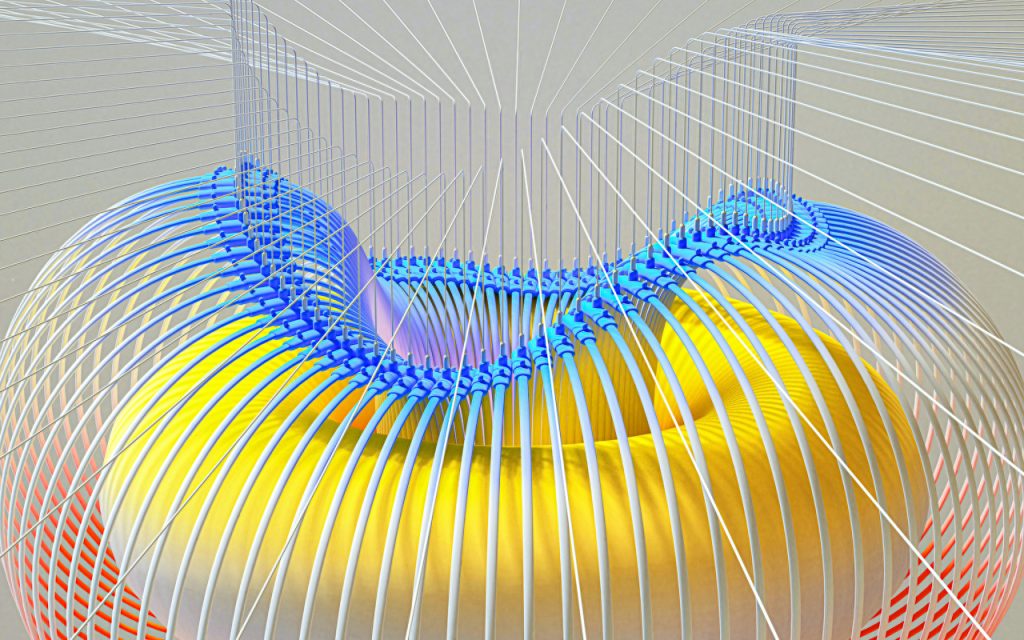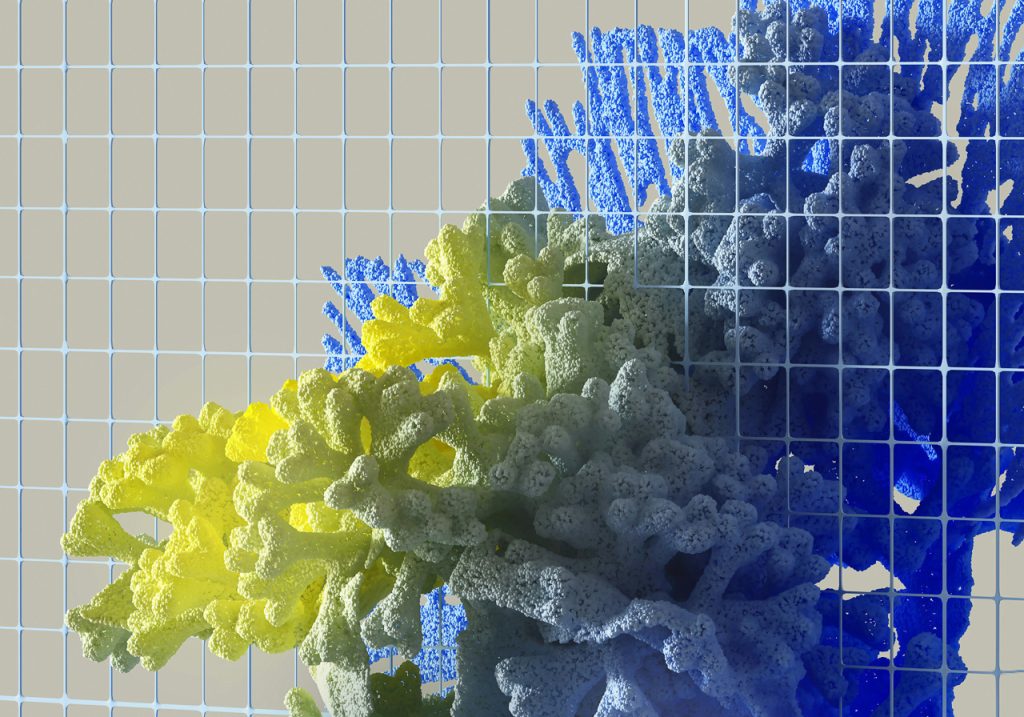
The Role of Fabrics in Acoustic Panels
Fabrics play a crucial role in the performance and aesthetics of acoustic panels. These panels are designed to absorb sound, reducing noise and enhancing the acoustics of a space. The type of fabric used can significantly influence the panel’s effectiveness. This article explores the acoustic properties of various fabrics used in acoustic panels, highlighting their impact on sound absorption and overall performance.

Sound Absorption Mechanismse
Porosity and Density
The porosity and density of a fabric are key factors that determine its sound absorption capabilities. Porous fabrics allow sound waves to penetrate through the material, where they can be absorbed by the underlying acoustic core. Fabrics with higher porosity, such as cotton and wool, generally provide better sound absorption because they enable more sound waves to enter and be dissipated within the panel¹. Conversely, denser fabrics like vinyl or leather tend to reflect sound waves, reducing their absorption efficiency².
Weave and Texture
The weave and texture of a fabric also influence its acoustic properties. Loosely woven fabrics with a textured surface can scatter sound waves, enhancing the absorption process. Fabrics like burlap or certain synthetics with open weaves are effective in breaking up sound waves and improving absorption³. In contrast, tightly woven fabrics may not perform as well because they reflect more sound waves.
Material Composition
The composition of the fabric is another important factor. Natural fibers such as cotton, wool, and jute are known for their excellent acoustic properties due to their fibrous and porous nature. These materials can trap sound waves within their fibers, enhancing absorption⁴. Synthetic fabrics, such as polyester, are also widely used because they can be engineered to have specific acoustic properties, including enhanced durability and resistance to environmental factors⁵.
Micro-Perforated Fabrics
Micro-perforated fabrics represent a significant advancement in acoustic panel technology. These fabrics contain tiny holes that allow sound waves to pass through while maintaining the fabric’s aesthetic appeal. The micro-perforations enable a more effective interaction between the fabric and the acoustic core, resulting in improved sound absorption⁶. This technology is particularly beneficial in environments where both acoustic performance and visual design are important.
Fire-Rated Fabrics
Safety considerations are paramount in the design of acoustic panels, especially in public and commercial spaces. Fire-rated fabrics are treated with fire-retardant chemicals or are made from inherently fire-resistant fibers. These fabrics not only meet stringent safety standards but also offer excellent acoustic properties. They provide a dual benefit by enhancing sound absorption while ensuring fire safety compliance⁷.

Applications and Trends
Biophilic Design
Biophilic design is influencing the choice of fabrics in acoustic panels. Fabrics made from natural fibres or those that mimic natural textures are becoming increasingly popular. They not only improve acoustic performance but also contribute to the psychological well-being of occupants⁸.
Technological Integration
The integration of technology into acoustic panels is an emerging trend. Smart fabrics embedded with sensors and digital controls can adjust their acoustic properties in real-time based on their surroundings. This adaptability enhances the effectiveness of acoustic panels in dynamic spaces such as conference rooms and auditoriums⁹.
A New Era for Acoustic Panels
The acoustic properties of fabrics used in acoustic panels are determined by a combination of factors, including porosity, density, weave, texture, and material composition. Advances in fabric technology, such as micro-perforations and smart fabrics, are enhancing the performance of acoustic panels. As trends like biophilic design and technological integration continue to evolve, the choice of fabrics will play an increasingly important role in the development of innovative acoustic solutions.
References
- Arau-Puchades, H. (1999). Acoustics and absorbers: Porous materials. Journal of Sound and Vibration, 220(4), 925-938.
- Cox, T. J., & D’Antonio, P. (2009). Acoustic absorbers and diffusers: Theory, design and application. CRC Press.
- Fahy, F. J. (2000). Foundations of engineering acoustics. Academic Press.
- Wang, X. (2010). The sound absorption characteristics of natural materials. Building and Environment, 45(2), 411-415.
- Bies, D. A., & Hansen, C. H. (2009). Engineering noise control: Theory and practice. CRC Press.
- Mankovsky, N. B., & Grigoriev, P. A. (2017). Acoustic properties of micro-perforated panels. Applied Acoustics, 124, 139-147.
- ASTM International. (2019). Standard test method for flame propagation of textiles and films. ASTM D6413-99.
- Kellert, S. R., Heerwagen, J., & Mador, M. (2008). Biophilic design: The theory, science, and practice of bringing buildings to life. John Wiley & Sons.
- Zannin, P. H. T., & Marcon, C. R. (2007). Environmental noise assessment in the city of Curitiba, Brazil. Journal of Environmental Management, 82(1), 1-10.
Share